Your cart is currently empty!
Tag: Tool
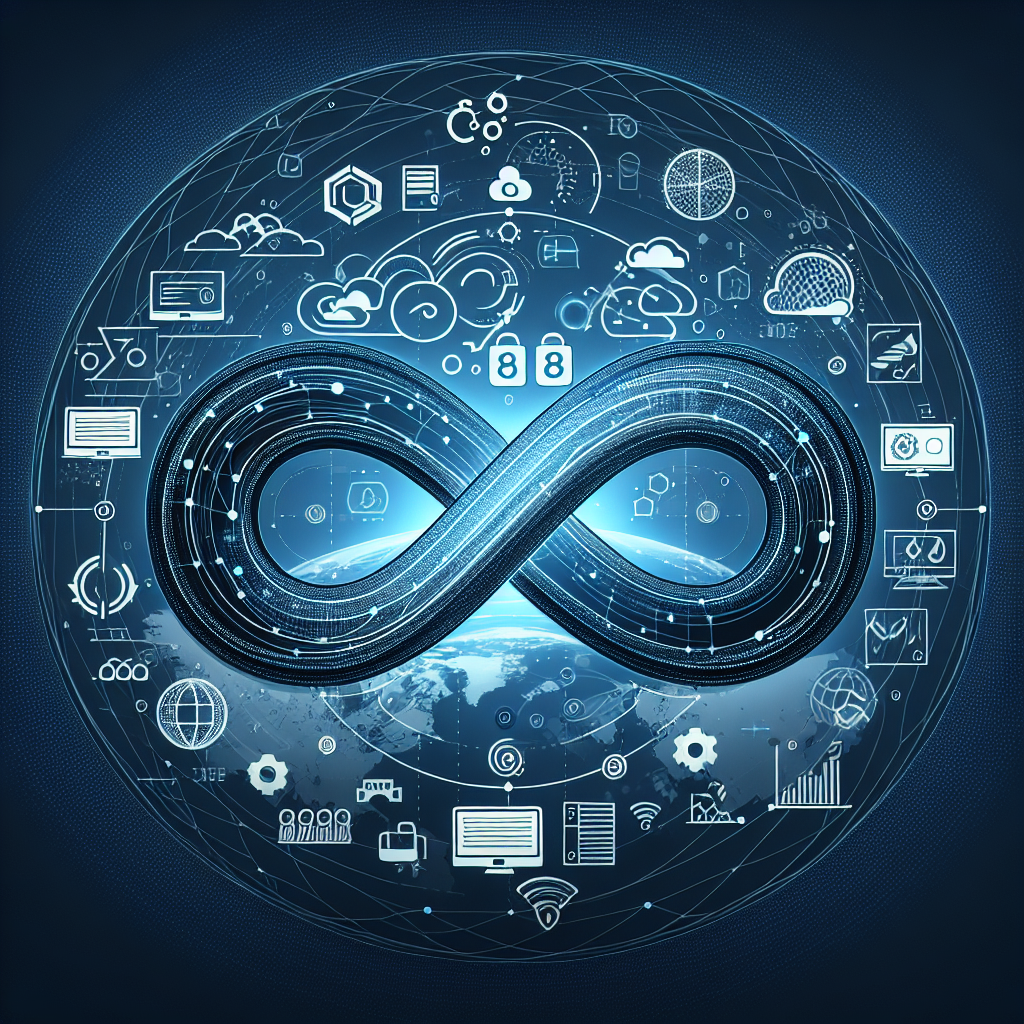
Remote Monitoring: A Key Tool for Ensuring Business Continuity
In today’s fast-paced business world, ensuring business continuity is more important than ever. With the rise of remote work and increasing reliance on technology, businesses must have the tools in place to monitor their operations effectively. One key tool that has become essential for ensuring business continuity is remote monitoring.Remote monitoring is the process of monitoring and managing a company’s IT infrastructure, network, and systems from a remote location. This allows businesses to keep a close eye on their operations, even when employees are working from different locations or during non-business hours.
There are several benefits to using remote monitoring as a tool for ensuring business continuity. One of the main advantages is that it allows businesses to proactively identify and address issues before they escalate into major problems. By monitoring key performance indicators and system alerts in real-time, businesses can quickly respond to any issues that arise and prevent downtime or disruptions to their operations.
Remote monitoring also provides businesses with greater visibility into their IT infrastructure and network. This visibility allows businesses to track performance metrics, identify trends, and make informed decisions about their technology investments. By having access to this data, businesses can optimize their systems and ensure they are operating at peak efficiency.
Another benefit of remote monitoring is that it allows businesses to monitor their operations 24/7. This means that businesses can keep an eye on their systems and networks at all times, even when employees are not in the office. This constant monitoring helps businesses detect and address issues as soon as they arise, minimizing the impact on their operations.
In addition to monitoring IT infrastructure and systems, remote monitoring can also be used to monitor physical assets, such as equipment and machinery. By implementing sensors and monitoring devices, businesses can track the performance and condition of their assets in real-time. This proactive approach to asset monitoring can help businesses prevent equipment failures and costly downtime.
Overall, remote monitoring is a key tool for ensuring business continuity in today’s digital age. By proactively monitoring IT infrastructure, networks, and physical assets, businesses can identify and address issues before they escalate into major problems. With the ability to monitor operations 24/7, businesses can ensure that their systems are running smoothly and minimize disruptions to their operations. By investing in remote monitoring tools and technologies, businesses can improve their resilience and adaptability in an ever-changing business environment.
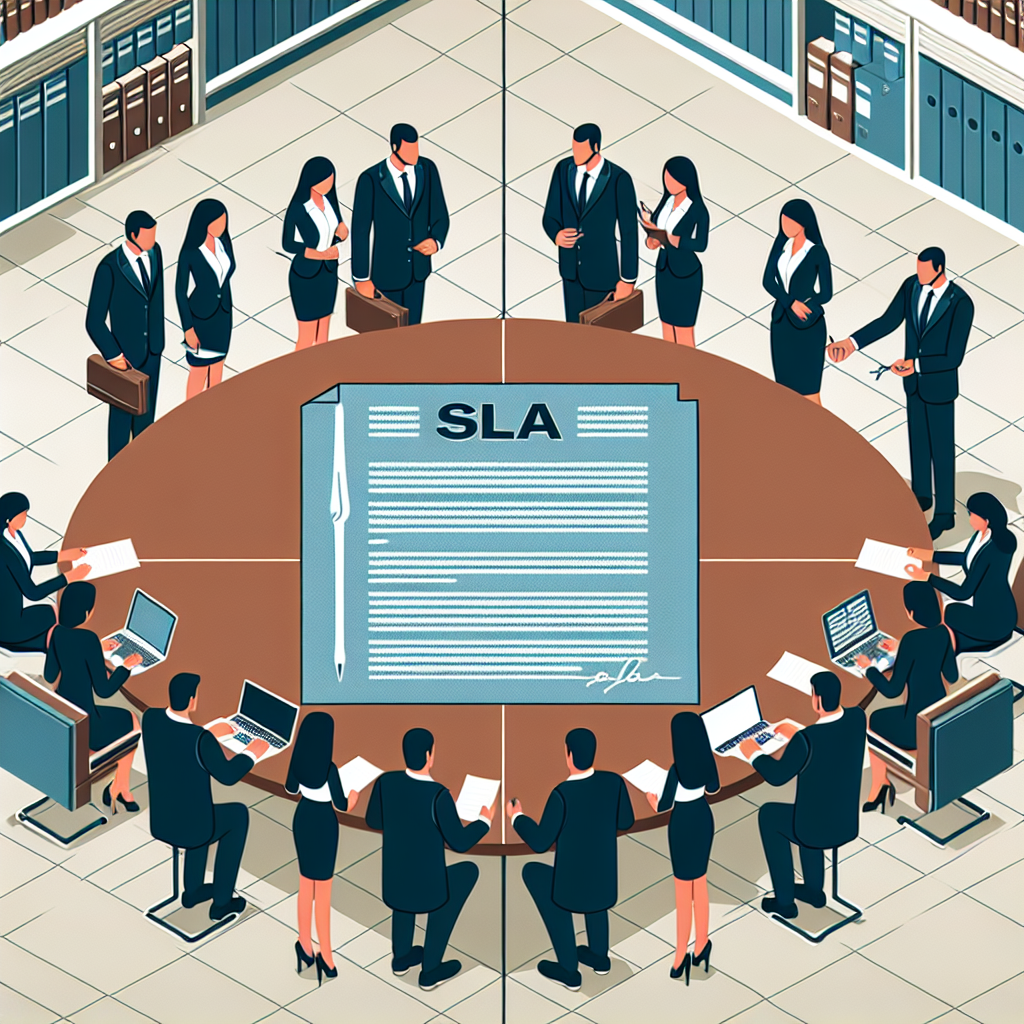
Service Level Agreements: A Tool for Effective Communication Between Departments
In today’s fast-paced business environment, effective communication between departments is crucial for the success of any organization. One tool that can help facilitate this communication is the Service Level Agreement (SLA). An SLA is a contract between a service provider and a customer that outlines the level of service that is expected to be provided.SLAs are commonly used in IT departments to define the level of service that will be provided for things like network uptime, response times for help desk tickets, and resolution times for technical issues. However, SLAs can also be used between different departments within an organization to ensure that everyone is on the same page when it comes to expectations for service delivery.
By clearly defining the level of service that is expected from each department, SLAs help to prevent misunderstandings and ensure that all parties are working towards the same goals. For example, a marketing department might have an SLA with the sales department that outlines the expected turnaround time for leads generated by marketing campaigns to be followed up on by the sales team.
SLAs also help to hold departments accountable for meeting their obligations. If a department consistently fails to meet the service levels outlined in the SLA, there can be consequences such as financial penalties or a renegotiation of the agreement. This can help to ensure that all departments are motivated to meet their obligations and provide the best possible service to their internal customers.
In addition to facilitating communication and accountability, SLAs can also help to improve overall efficiency within an organization. By clearly outlining the expectations for service delivery, departments can streamline their processes and eliminate any unnecessary delays or bottlenecks that might be hindering productivity.
Overall, Service Level Agreements are a valuable tool for promoting effective communication between departments within an organization. By clearly defining expectations for service delivery and holding departments accountable for meeting their obligations, SLAs can help to improve efficiency, prevent misunderstandings, and ultimately contribute to the overall success of the organization.
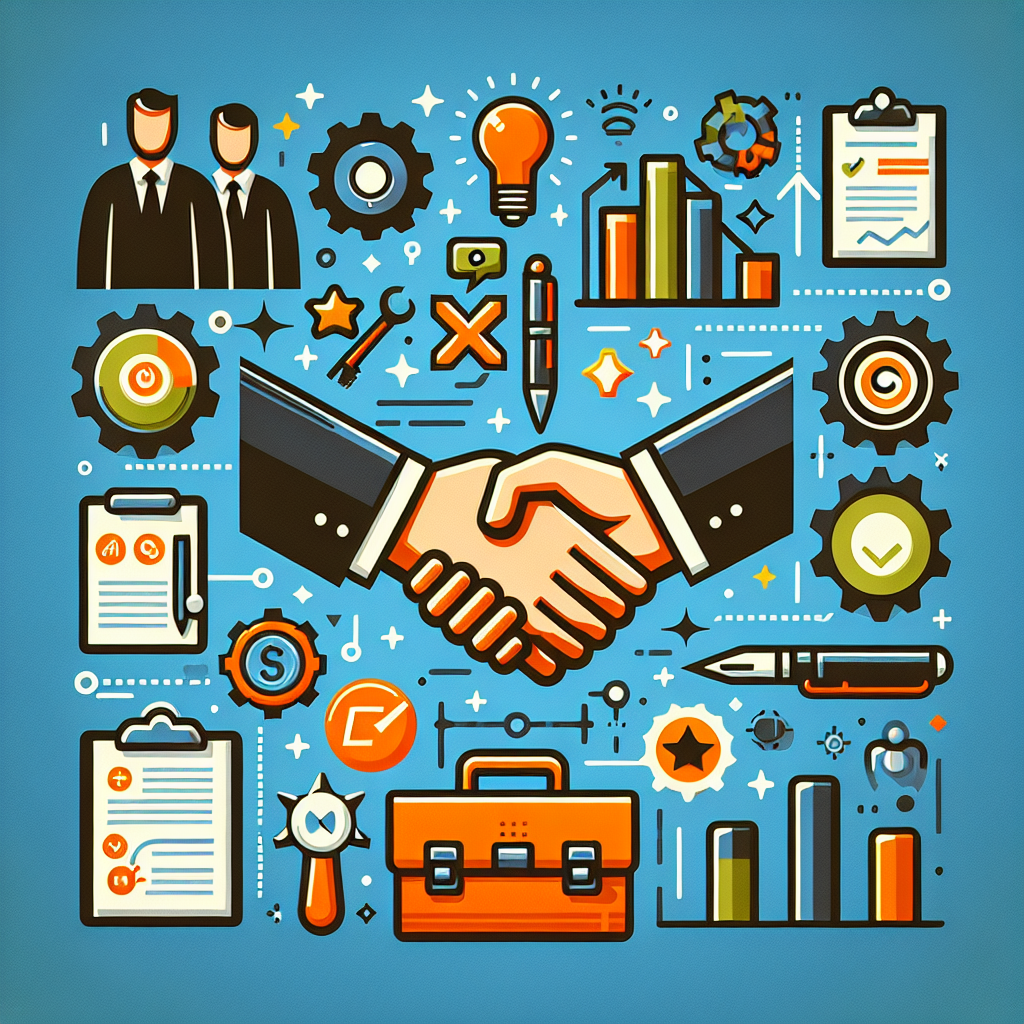
Service Level Agreements: A Key Tool for Managing Vendor Relationships
Service Level Agreements (SLAs) are an essential tool for managing vendor relationships and ensuring that both parties are clear on expectations and responsibilities. An SLA is a contract between a service provider and a customer that outlines the agreed-upon level of service and the metrics by which that service will be measured.SLAs help to establish a common understanding of what is expected from the vendor and what the customer can expect in terms of performance, availability, and support. By clearly defining these expectations in writing, SLAs help to prevent misunderstandings and disputes that can arise when expectations are not met.
One of the key benefits of SLAs is that they provide a framework for measuring and monitoring vendor performance. By defining specific metrics and performance targets, SLAs enable both parties to track progress and identify areas for improvement. This can help to ensure that the vendor is meeting their obligations and delivering the level of service that has been agreed upon.
SLAs also help to incentivize vendors to meet their commitments by tying performance to financial penalties or incentives. For example, an SLA may specify that the vendor will be subject to financial penalties if they fail to meet certain performance targets, or that they will receive bonuses for exceeding expectations. This can help to motivate vendors to strive for excellence and continually improve their performance.
In addition to measuring performance, SLAs also provide a mechanism for addressing issues and resolving disputes. By clearly defining the process for reporting and resolving problems, SLAs help to ensure that any issues that arise are addressed quickly and effectively. This can help to minimize the impact of service interruptions and ensure that the customer receives the level of service that they have paid for.
Overall, Service Level Agreements are a key tool for managing vendor relationships and ensuring that both parties are clear on their expectations and responsibilities. By establishing a clear framework for measuring performance, addressing issues, and incentivizing excellence, SLAs help to create a positive and productive relationship between customers and vendors. Businesses that utilize SLAs are better positioned to ensure that they receive the level of service that they require and to hold vendors accountable for meeting their commitments.
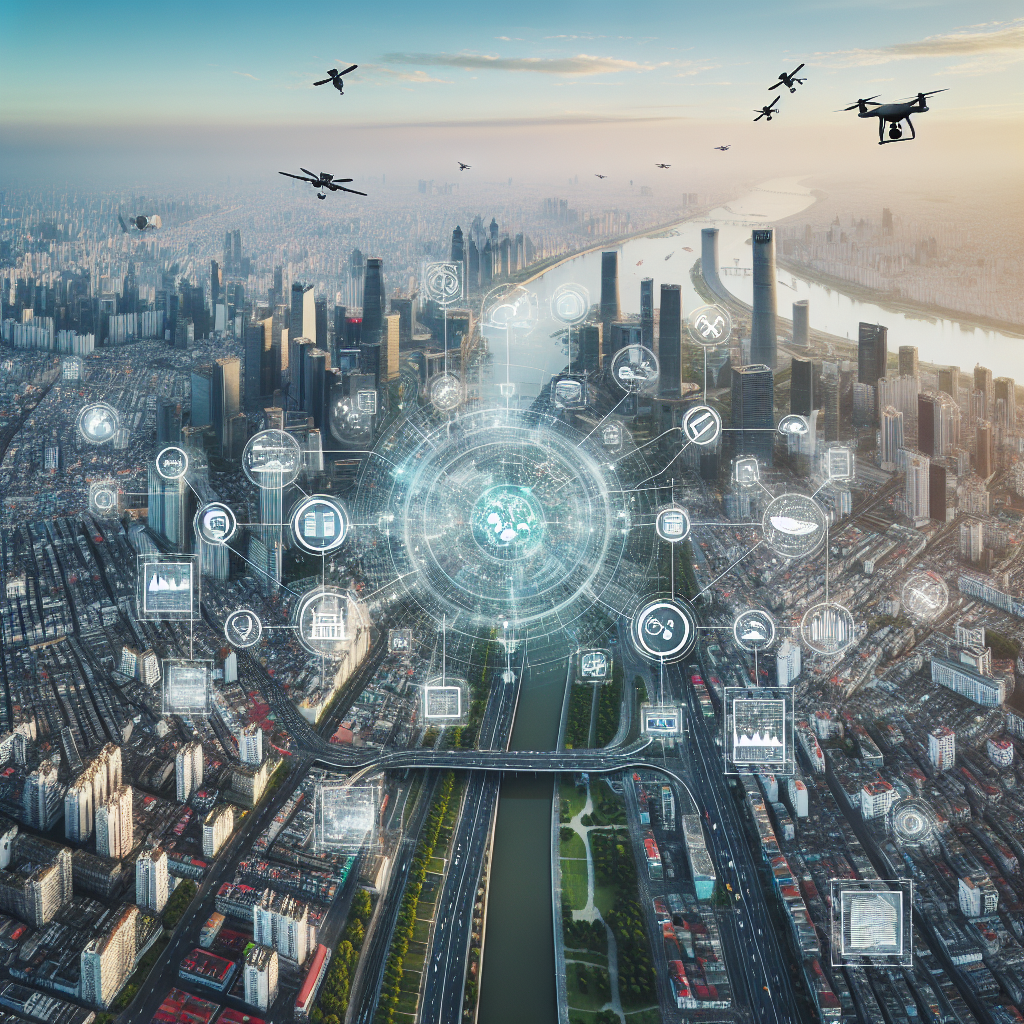
Remote Monitoring: A Key Tool for Managing and Maintaining Infrastructure
Remote monitoring is a crucial tool for managing and maintaining infrastructure in today’s fast-paced world. With the increasing complexity of infrastructure systems and the need for real-time monitoring and management, remote monitoring has become an essential part of any organization’s infrastructure management strategy.Remote monitoring allows organizations to keep a close eye on their infrastructure systems from anywhere in the world. By using a combination of sensors, cameras, and other monitoring devices, organizations can gather real-time data on the performance and health of their infrastructure. This data can then be analyzed and used to make informed decisions about maintenance, upgrades, and troubleshooting.
One of the key benefits of remote monitoring is its ability to provide early warning of potential issues before they escalate into major problems. By monitoring key performance indicators and analyzing trends in the data, organizations can identify issues before they impact operations or cause downtime. This proactive approach to infrastructure management can save time and money by preventing costly repairs and downtime.
Remote monitoring also allows organizations to optimize the efficiency of their infrastructure systems. By monitoring performance metrics such as energy consumption, temperature, and equipment utilization, organizations can identify opportunities for improvement and make adjustments to maximize efficiency. This can lead to cost savings, reduced energy consumption, and increased productivity.
In addition to managing and maintaining infrastructure, remote monitoring can also improve security and compliance. By monitoring access control systems, surveillance cameras, and other security devices, organizations can ensure the safety of their infrastructure and protect against security threats. Remote monitoring can also help organizations comply with regulatory requirements by providing real-time data on key performance indicators and ensuring that systems are operating within specified parameters.
Overall, remote monitoring is a key tool for managing and maintaining infrastructure in today’s digital age. By providing real-time data, early warning of potential issues, and opportunities for optimization, remote monitoring can help organizations ensure the reliability, efficiency, and security of their infrastructure systems. With the increasing complexity of infrastructure systems and the need for real-time monitoring and management, remote monitoring is an essential tool for any organization looking to stay ahead of the curve.
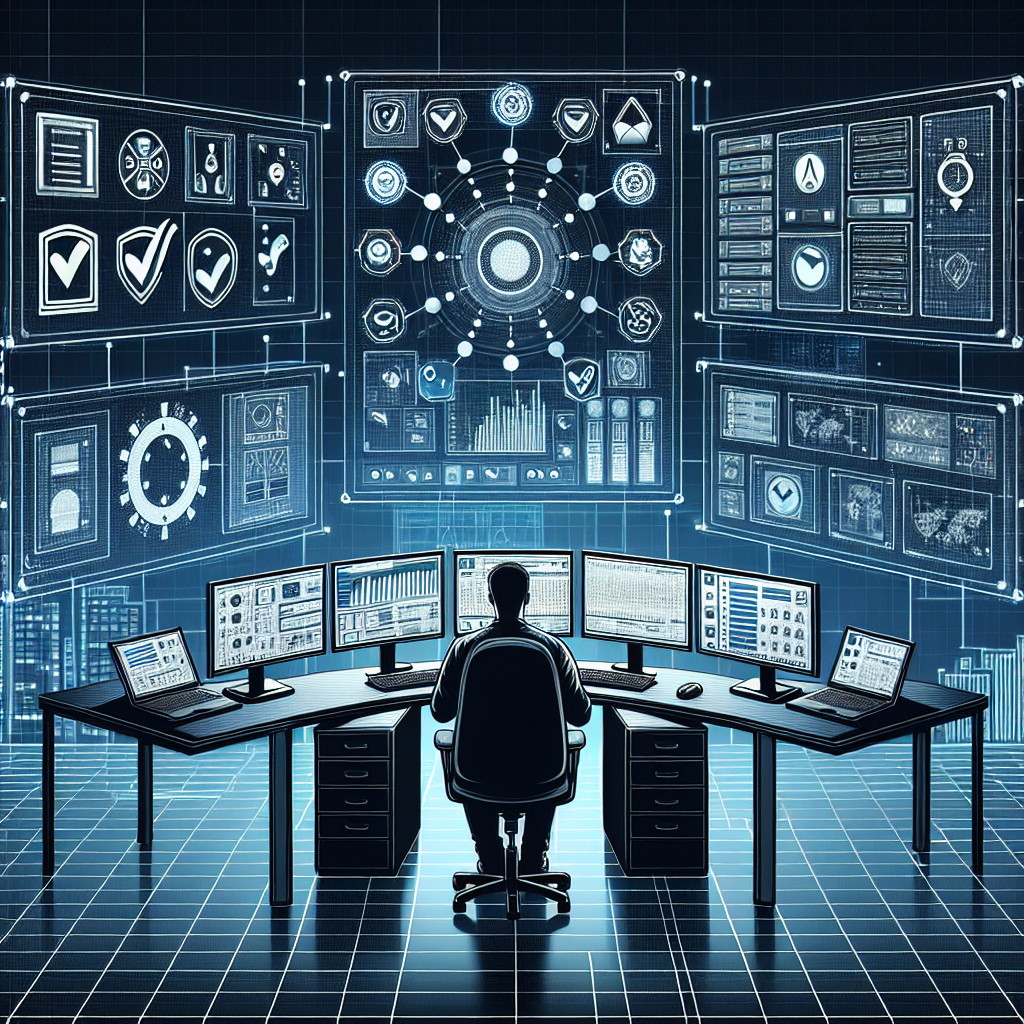
Remote Monitoring: A Vital Tool for Ensuring Safety and Compliance
In today’s fast-paced world, businesses are constantly looking for ways to improve efficiency, cut costs, and ensure compliance with regulations. One tool that has become increasingly popular in achieving these goals is remote monitoring technology.Remote monitoring involves the use of sensors, cameras, and other devices to track and monitor various aspects of a business’s operations from a distance. This technology allows businesses to keep a close eye on their equipment, facilities, and processes without having to be physically present.
One of the key benefits of remote monitoring is the ability to ensure safety and compliance within a business. By constantly monitoring equipment and processes, businesses can quickly detect any potential issues or safety hazards and take immediate action to prevent accidents or violations of regulations.
For example, in industries such as manufacturing or oil and gas, remote monitoring can be used to track the temperature, pressure, and other vital parameters of equipment to ensure they are operating within safe limits. If any abnormalities are detected, alerts can be sent to operators or maintenance personnel to address the issue before it escalates into a major problem.
In addition to safety, remote monitoring also plays a crucial role in ensuring compliance with regulatory requirements. Many industries are subject to strict regulations governing everything from emissions to worker safety, and failing to comply with these regulations can result in hefty fines and legal repercussions.
By using remote monitoring technology to track and record data on a continuous basis, businesses can demonstrate to regulatory authorities that they are taking proactive steps to comply with regulations. This not only helps to avoid penalties but also builds trust with stakeholders and customers who expect businesses to operate ethically and responsibly.
Furthermore, remote monitoring can also help businesses streamline their operations and improve efficiency. By monitoring equipment performance and identifying areas for improvement, businesses can optimize their processes, reduce downtime, and cut costs. This can lead to increased productivity, higher profits, and a competitive edge in the market.
In conclusion, remote monitoring is a vital tool for businesses looking to ensure safety, compliance, and efficiency in their operations. By leveraging the power of technology to monitor and track key aspects of their business from a distance, businesses can stay ahead of potential issues, comply with regulations, and improve their overall performance. Investing in remote monitoring technology is not only a smart business decision but also a necessary step in today’s fast-paced and competitive business environment.

Remote Monitoring: A Key Tool for Disaster Response and Recovery
In today’s fast-paced world, disasters can strike at any moment. From natural calamities such as hurricanes and earthquakes to man-made incidents like terrorist attacks and industrial accidents, the need for effective disaster response and recovery strategies has never been more crucial. Remote monitoring is emerging as a key tool in the arsenal of emergency management professionals, providing real-time data and insights that can help save lives and mitigate the impact of disasters.Remote monitoring involves the use of sensors, cameras, and other technology to collect and transmit data from a distance. This data can include crucial information such as temperature, humidity, air quality, and structural integrity, among others. By monitoring these factors remotely, emergency responders can gain a better understanding of the situation on the ground and make informed decisions quickly.
One of the key advantages of remote monitoring is its ability to provide real-time data. In the event of a disaster, every minute counts, and having up-to-date information can mean the difference between life and death. For example, in the case of a wildfire, remote monitoring can help track the spread of the fire and identify areas at risk, allowing firefighters to deploy resources more effectively.
Remote monitoring can also enhance situational awareness. By collecting data from multiple sources, emergency responders can gain a comprehensive view of the disaster and its impact. This can help them prioritize response efforts and allocate resources where they are needed most.
In addition, remote monitoring can improve the safety of first responders. By providing them with real-time data on environmental conditions and potential hazards, emergency personnel can make more informed decisions and avoid unnecessary risks.
Furthermore, remote monitoring can aid in the recovery phase of a disaster. By monitoring factors such as air quality and water contamination, authorities can assess the extent of damage and plan for cleanup and rebuilding efforts more efficiently.
Overall, remote monitoring is a powerful tool that can enhance disaster response and recovery efforts. By providing real-time data, improving situational awareness, and enhancing the safety of first responders, remote monitoring can help save lives and reduce the impact of disasters on communities. As technology continues to advance, remote monitoring will play an increasingly vital role in emergency management, ensuring that we are better prepared to face whatever challenges may come our way.
AI tool predicts health risks in aged care, improving resident outcomes
Listen to article An AI-powered tool developed by Telstra Health and RMIT University is transforming the way aged care facilities monitor and manage residents’ health by predicting risks such as falls, depression, and mortality.
With nearly half a million older Australians relying on aged care services as of June 30, 2023, the sector faces immense pressure to provide high-quality care.
In response, the collaboration between Telstra Health, RMIT University, and the Digital Health Cooperative Research Centre has resulted in an AI-driven tool designed to predict health risks and improve care outcomes in aged care settings.
Dr. Tabinda Sarwar, the project lead and data scientist from RMIT University, highlights the significance of the tool in alleviating the strain on nursing staff.
“The tool is capable of automatically monitoring both structured and free-text electronic patient records for 36 evidence-based indicators of deterioration,” Dr. Sarwar explains. “These indicators help predict various health risks, supporting nursing staff and improving resident care.”
Aged care nursing staff juggle numerous responsibilities, including daily caregiving and health monitoring.
Given the heavy workload, manual screening tools are not always practical. The new digital health tool is designed to reduce this burden by predicting adverse health events before they occur, making it a game-changer for aged care facilities.
The tool, which has won the 2024 Research Australia’s Digital & Data Health Innovation Award, analyzes daily operational data, including health-related notes and records.
Using advanced natural language processing (NLP) and machine learning techniques, the tool generates predictive alerts for potential health risks like falls, depression, and even mortality.
“By applying advanced data analysis to daily-collected information, we are able to predict signs of deterioration, giving care teams more time to respond,” Dr. Sarwar says. “This includes assessing risks such as falls, depression, and mortality based on data extracted from geriatric assessments, observation charts, and progress notes.”
The collaboration leveraged Telstra Health’s Clinical Manager system, which is already deployed in over 360 facilities across Australia, ensuring a broad reach.
The project also benefited from the expertise of nursing staff and the support of the Digital Health CRC, bridging the gap between academia and industry to create a highly effective solution.
Developing a universal tool that could address diverse challenges faced by nursing staff across different aged care facilities was a significant hurdle. “We had to design a solution that could have a meaningful impact on a larger population,” Dr. Sarwar explains.
To ensure the tool’s usability, the team conducted independent studies, using statistical and machine learning techniques to validate its performance and clinical feasibility.
The tool is currently being rolled out by Telstra Health, with several aged care homes already expressing interest in adopting it.
While its potential for expansion is significant, including applications in hospitals and other healthcare settings, the next steps depend on Telstra Health’s future strategies.
“This tool has the potential to extend to various healthcare settings and could play a key role in transforming the healthcare industry,” Dr. Sarwar concludes, emphasizing the wide-reaching impact of this AI-driven solution in improving healthcare outcomes for vulnerable populations.
AI tool predicts health risks in aged care, improving resident outcomesA groundbreaking AI tool is revolutionizing the way healthcare professionals in aged care facilities can predict and prevent health risks among residents. By analyzing vast amounts of data, including medical records, vital signs, and even social interactions, this AI tool can identify trends and patterns that may indicate potential health issues before they escalate.
This innovative technology allows caregivers to proactively address health concerns, leading to better resident outcomes and improved quality of life. By predicting health risks early on, healthcare providers can intervene sooner, provide targeted care, and prevent unnecessary hospitalizations or complications.
Additionally, the AI tool can help optimize care plans and personalized interventions for each resident, ultimately enhancing their overall well-being and longevity. With access to real-time insights and predictive analytics, aged care facilities can deliver more proactive and efficient care, ultimately improving resident satisfaction and outcomes.
Overall, the implementation of this AI tool in aged care facilities represents a significant step forward in leveraging technology to enhance the quality of care for older adults. By harnessing the power of artificial intelligence, healthcare professionals can better anticipate and address health risks, ultimately leading to improved resident outcomes and a higher standard of care.
Tags:
- AI tool in aged care
- Predictive health risks
- Improving resident outcomes
- Healthcare technology
- Artificial intelligence in senior care
- Elderly health predictions
- AI for improved aging outcomes
- Predictive analytics in aged care
- Health risk assessment tool
- Senior care technology advancements
#tool #predicts #health #risks #aged #care #improving #resident #outcomes
Vive Foot File – Feet Scraper for Dead Skin – Heel Grater, Callus Remover Scrubber Tool, Rasp for Cracked Heels – Stainless Steel Pedicure Filer for Men & Women – Use on Wet or Dry Skin
Price: $7.99
(as of Jan 31,2025 19:48:08 UTC – Details)
1. Use the Vive Foot File on feet, elbows, or other rough skin areas. 2. It can be used on wet or dry skin. 3. Move the file up and down to exfoliate, smooth, and soften the skin. 4. Ensure proper and safe usage by frequently checking progress to avoid irritating surrounding skin.
Is Discontinued By Manufacturer : No
Package Dimensions : 10.75 x 2.87 x 0.87 inches; 3.92 ounces
Item model number : LVA1094BLK1CT
Date First Available : January 18, 2019
Manufacturer : Vive Health
ASIN : B07JLVBMSJVERSATILE PEDICURE FILE: Smooth and soften rough, dry skin with the sharp, stainless steel foot file by Vive. The versatile pedicure rasp is safe for wet or dry use, effectively removing dry, dead skin. Ergonomically designed, the file is also gently curved for use at any angle, easily smoothing hard to reach areas.
EXFOLIATES DRY, CRACKED SKIN: Safe for use on wet or dry skin, the pedicure rasp removes dead skin, calluses and hardened skin on the heels and feet as well as other areas where rough skin appears. More effective than a pumice stone, the stainless steel foot file leaves the skin soft and smooth.
STAINLESS STEEL FILE: Constructed with durable stainless steel, the foot file removes dead skin with a gentle motion. Easily clean the file by rinsing it with warm water and allow to dry. A soft cloth carry bag safely stored the foot file between uses.
LIGHTWEIGHT TEXTURED HANDLE: Exceptionally lightweight, the foot file features a lightly textured handle for a secure, yet comfortable grip allowing the file to be easily maneuvered around rough skin areas such as the heels.
VIVE GUARANTEE: One year guarantee so you can purchase now with confidence.Customers say
Customers find the foot scraper effective and well-made. They say it works well, even on dry feet, and gets the job done. The scraper leaves their feet smooth and soft, with long-lasting results. Many consider it a good value for the price and appreciate its effectiveness in exfoliating feet.
AI-generated from the text of customer reviews
Are you tired of dealing with dry, cracked heels and rough skin on your feet? Say goodbye to rough, calloused feet with the Vive Foot File! This stainless steel pedicure filer is perfect for both men and women and can be used on wet or dry skin.With its ergonomic design and easy-to-grip handle, the Vive Foot File makes it easy to remove dead skin and calluses from your feet. The heel grater and callus remover scrubber tool will leave your feet feeling smooth and soft.
Don’t let rough, cracked heels ruin your confidence. Get your Vive Foot File today and say hello to beautiful, healthy feet!
#Vive #Foot #File #Feet #Scraper #Dead #Skin #Heel #Grater #Callus #Remover #Scrubber #Tool #Rasp #Cracked #Heels #Stainless #Steel #Pedicure #Filer #Men #Women #Wet #Dry #Skin,beskar foot scrubberGranNaturals Wooden Foot File – Corn and Callus Remover for Feet – Dead Skin Exfoliator, Sander, Scrubber Filer Pedicure Rasp Tool for Wet + Dry Emery Board for Feet and Cracked Heel File Scraper
Price: $8.49
(as of Jan 31,2025 18:47:33 UTC – Details)
Use the callus remover tool on dry or wet feet, focusing on rough areas from heel to toe. After use, clean the tool for future applications.
Package Dimensions : 9.96 x 1.81 x 0.67 inches; 3.17 ounces
Date First Available : October 4, 2019
Manufacturer : Gran Goods
ASIN : B07YQ67VNWGENTLY REMOVES CALLUSES: Best handheld callus remover tool for feet & hands. Effectively smooths stubborn callused areas to promote smoothness & softness. Gives you baby soft skin!
DOUBLE SIDED FOOT FILE: Textured surface applied to both sides & the wraparound edges of the board for maximum smoothing power. Use one side for feet & the other side for hands.
HEEL TO TOE SMOOTHNESS: Use the callus remover wand to safely buff rough areas from heel to toe. Perfect for buffing smooth calluses, cracked heels, bunions & more.
SOFT & HEALTHY SKIN: Feet that are dry and callused can collect dirt, sweat, and oils.
NATURAL WOOD HANDLE: Made from real wood & built to last, the wooden handle supports unbeatable strength. Scrub, exfoliate & smooth calluses with peace of mind.Customers say
Customers find the foot scraper effective and well-made. It works well for removing dead skin and calluses on their heels. The sandpaper is strong and substantial, not breakable. They find it soft enough to not make their feet feel raw after using it. The multi-sized surfaces improve callus removal. Overall, customers are satisfied with the product’s effectiveness and ease of use.
AI-generated from the text of customer reviews
Are you tired of dealing with rough, cracked heels and stubborn calluses on your feet? Look no further than the GranNaturals Wooden Foot File! This handy tool is designed to effortlessly remove dead skin, exfoliate rough patches, and smooth out calluses for softer, smoother feet.Whether you prefer to use it wet or dry, this foot file is perfect for tackling even the toughest of foot issues. The dual-sided emery board features a coarse side for heavy-duty exfoliation and a fine side for smoothing and finishing touches.
Say goodbye to painful corns and calluses with the GranNaturals Wooden Foot File. Get yours today and step into smoother, healthier feet! #footcare #pedicure #callusremover #exfoliation #granaturals
#GranNaturals #Wooden #Foot #File #Corn #Callus #Remover #Feet #Dead #Skin #Exfoliator #Sander #Scrubber #Filer #Pedicure #Rasp #Tool #Wet #Dry #Emery #Board #Feet #Cracked #Heel #File #Scraper,beskar foot scrubber



